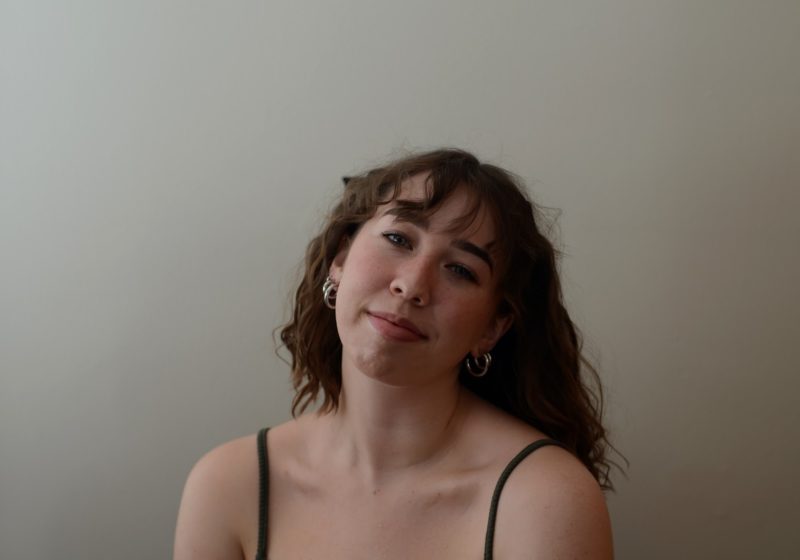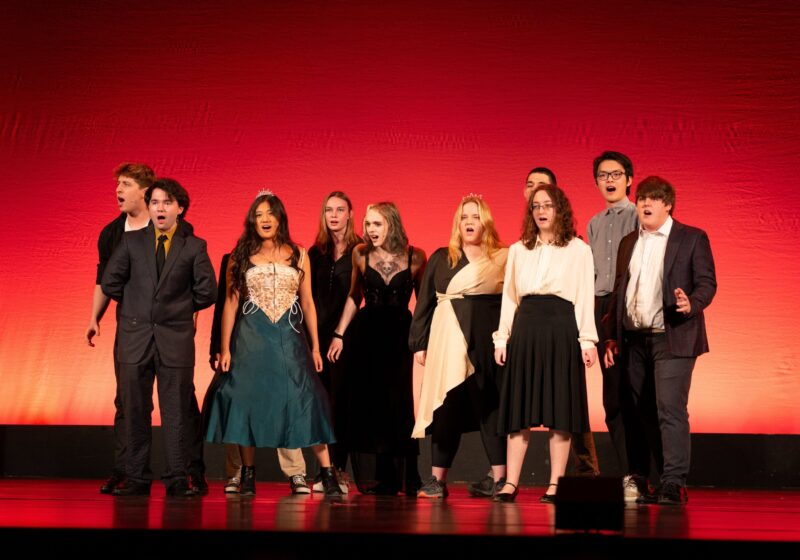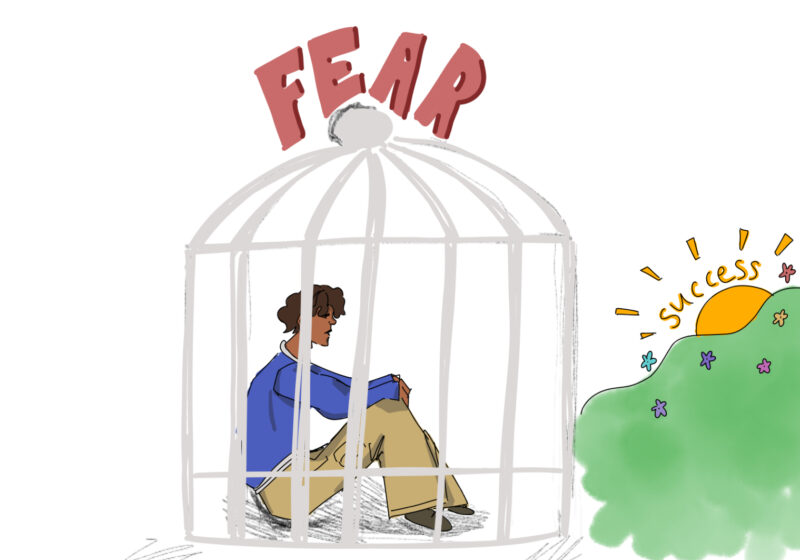After sophomore Audrey Turman takes a photograph, she sheathes the film in a light-sensitive casing that is then placed in a protective film canister. Then, the film is shaken inside of a mixture of chemicals. A “stopper” solution is added to desensitize the film to light. After that, the film is laid out to dry where it is later projected as a negative image on photosensitive paper. After being exposed to light for the second time, the image is born.
Currently researching in the Anthropology department, Turman’s interested in combining her desire to understand society and identity with her passions: art and photography.
Turman found her interests in her junior year of high school.
For Christmas that year, Turman got her first film camera. Eager to capture self-portraits and landscape scenery, she spent years snapping candids. But there was a problem: She didn’t have a darkroom.
That opportunity didn’t present itself until she came to UR. “I was excited to use the darkroom,” Turman said, “but I was definitely nervous because I had all these film photographs that I didn’t develop until I came here.”
Like photography, Turman began practicing “artivism” — activism through art — back in her junior year of high school. “A lot of our extracurriculars revolved around students making positive contributions to the community,” she said. “We painted murals for the animal shelters and took photographs of the city. It was a very broad campus endeavor.”
Currently a sophomore studying cultural anthropology, Turman now calls herself a full-fledged “artivist.”
As she progressed through her studies, Turman discovered her interest in researching older photography and began collecting images during trips around the East Coast. She was entranced by the differences between modern and Victorian-era portraiture, noting distinct differences in facial structure and posing.
“There’s something special about old-timey faces where individuals in the photos have much softer features in posing versus the angular structure that we see today. If I saw someone from the Victorian Era walking down the street today, wearing modern clothing or having modern hair, their face would still give the impression that it belonged in the past,” Truman elaborated.
Turman is delving deeper with research to emphasize the idea of facial expression as it relates to facial structure.
“I like eyes, and looking at the wrinkles around eyes or how they smile or don’t, it gives you a communicative read — a story is in their face at that moment that you have now immortalized,” she said. Through the Anthropology department, Turman is able to explore a new facet of facial expressionism and its communicative role in modern versus dated film photography. Candid photos, Turman said, are a relatively recent development in film photography — facial expressions in older photos are much more staged. “This is such a huge reflection of the societies that modern versus dated individuals represent that it pays to really look into what the people photographed were trying to say,” Turman said.
Turman plans on further investigating this phenomenon of communicative expressionism and how slight alterations in an individual’s smile or stance in photography can change how that individual or their character identity is perceived by the viewer.
“I think it would be really interesting to place a variety of individuals in the same photographic scenario, take separate photographs of each, and observe how different people communicate to the viewer through the photo.”






